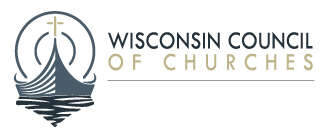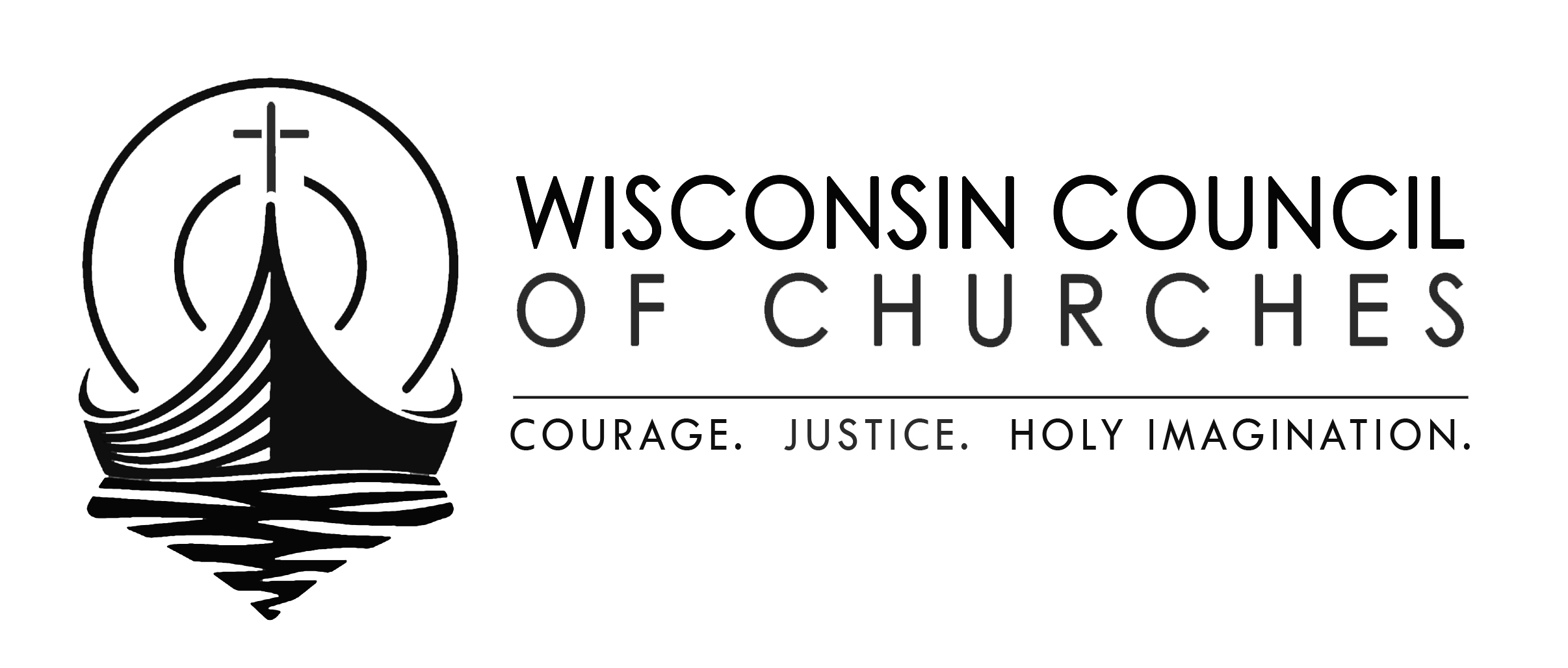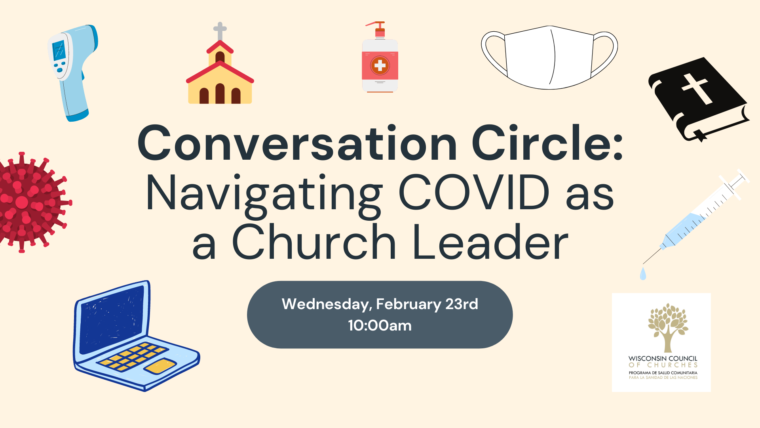COVID and mental health
Here’s where the church comes in
I was going to write this article up last week as part of Mental Illness Awareness Week. But circumstances intervened, as they sometimes do. So instead, let’s do it in observance of World Mental Health Day, October 10th.
By now, most of us probably understand that COVID had a profound, and negative, impact on mental health.1 The disease itself can create brain fog, anxiety and depression, and worse. People are more likely to develop a mental illness after a COVID infection. Those with long COVID are more at risk for any and all of these conditions.
Meanwhile, the pandemic sparked feelings of anxiety and grief for many. In some cases, it provoked moral injury. The social isolation of the early years was rough on everyone, particularly children. Increased demand for mental health services and limited access meant a significant number of people did not have their needs met.
As with anything COVID-related, there is an issue with mental health disparity. The National Institute of Health (see link above) lists some of the people more likely to show signs of mental health issues due to COVID:
- People from racial and ethnic minority groups
- Mothers and pregnant people
- People with financial or housing insecurity
- Children
- People with disabilities
- People with preexisting mental illnesses or substance use problems
- Health care workers
As the NIH points out, people who belong to more than one of these groups are even more likely to experience issues.
And again, as with anything COVID-related, the pandemic highlighted pre-existing problems with mental health. About 20% of all Americans experience some form of mental illness in any given year. Around 5% live with a serious mental illness. The response to these needs has never been adequate.
Here’s where the church comes in
Ministry around mental health has a long tradition in Wisconsin, and there are many resources available to get churches and other faith communities started. Most of them recommend some variation on this agenda:
- Education
- Welcoming
- Companionship
- Stigma reduction
- Support
- Advocacy
Some also suggest care for clergy and other religious leaders as a key component of mental health strategy.
Here’s where the links come in
Many denominations and communions have some form of mental health ministry. I want to highlight three well-developed efforts that offer lots of resources:
- The Presbyterian Church (U.S.A.) has a page of general resources, one for Race and Cultural concerns, and one specifically geared to COVID. They also have a Mental Health Ministry Guide with further ideas and links to resources in Spanish and Korean.
- The United Church of Christ has a Mental Health Network, which offers toolkits for congregations on mental health, Alzheimer’s and dementia, and substance abuse. The Mental Health Network also has a program to create WISE churches.2. I’m told that the process, and the designation that goes along with it, are not limited to the UCC.
- Last but certainly not least, the United Methodist Church has taken a strong stance on mental health ministry. They too have a resource page that’s worth checking out.
- As if all that weren’t enough, the National Alliance on Mental Illness has the NAMI FaithNet initiative. NAMI also offers programming for churches and other community groups. There’s also the Interfaith Network on Mental Illness and Pathways to Promise, which has a good getting-started toolkit.
And as if that weren’t enough, the Office of the Mayor of New York City created a very in-depth Mental Health Toolkit for Faith and Community Leaders in response to COVID. This one is terrific, and I highly recommend it.
Now what?
As a former pastor, I know how many causes there are to embrace. We all have to be selective in what we take on. On the other hand, I’m someone with lived experience with mental illness. I also know how important this particular issue is.
It’s too simple say, “Here’s a bunch of resources, go do it.” Instead, I’ll give you some really good reasons to take on this work:
- The need is great after COVID.
- The need is everywhere — no community is immune to mental illness, and many communities are under-resourced.
And, well, it’s the kind of thing Jesus would do. The Methodists put it pretty well:
We believe that faithful Christians are called to be in ministry to individuals and their families challenged by disorders causing disturbances of thinking, feeling, and acting categorized as “mental illness.” We acknowledge that throughout history and today, our ministries in this area have been hampered by lack of knowledge, fear, and misunderstanding. Even so, we believe that those so challenged, their families, and their communities are to be embraced by the church in its ministry of compassion and love.
Our model is Jesus, who calls us to an ethic of love toward all. As Jesus proclaimed the reign of God, his words and proclamations were accompanied by “healing every disease and every sickness” (Matthew 9:35). Jesus had compassion and healed those besieged by mental illness, many of whom had been despised, rejected, persecuted, and feared by their community.
That’s right, now more than ever.
1Although “mental illness” commonly refers to depression, bipolar disorder or schizophrenia, NAMI defines it as “a condition that affects a person’s thinking, feeling, behavior or mood.” That leaves room to include things like autism, brain injuries and dementia or Alzheimer’s, all of which have features similar to what we traditionally refer to as mental illness.
The Links
- COVID hospitalization rates are going up around the nation. Quickly. Fastest increases happening in those 17 and younger or 70 and older. Once again: get those shots.
- Speaking of which, oh hey, the FDA authorized Novavax boosters!
- County Health Rankings and Roadmaps, a program of the UW-Madison Population Health Institute, is putting on a webinar titled Partnering with faith-based organizations to improve health and equity. It’s happening October 17th and includes David Liners, executive director of WISDOM.
- Speaking of County Health Rankings and Roadmaps, their annual County Health Rankings are out, and the report is actually an interesting read. In short, CHRR is focused on the ways improving civic health can improve physical and mental health. Our friends at Health Connections, Inc. are taking the same angle with their second annual Wakanda Wellness Week, with in-depth sessions on subjects like democracy, race, fear, and music. I probably won’t be able to make many of the sessions, but it does look interesting.
- It’s becoming more common to make Naloxone (Narcan) more available in communities. Our friends at the Hope Consortium and the Family Health Center in Marshfield sent us a map showing where you can find it in the northern part of the state. If anyone has similar guides to the southern portion, I’ll gladly pass them along.
- Here’s a cool guide to rural health departments. One interesting fact: although more rural health workers report receiving harassment as part of their jobs, fewer of them are thinking about quitting.


